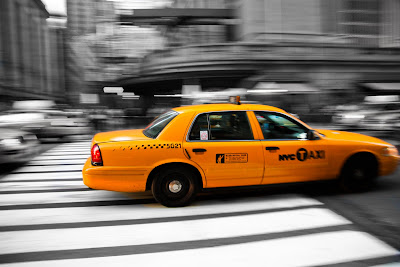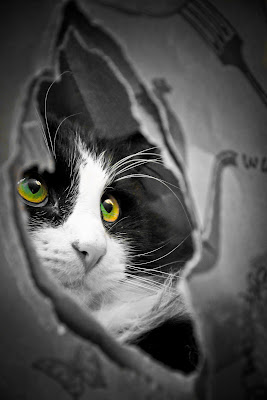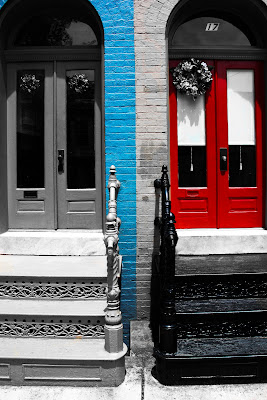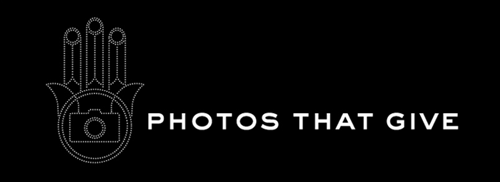
You've probably seen photos in which one color is kept (yellow for instance) while the remainder of the photo is turned to grayscale or Black & White. This editing technique has always intrigued me, and in truth, baffled me, until I recently learned how to do it myself in Lightroom (and realized it's relatively simple). By definition, selective colorization is "a post-processing technique where most parts of a photo are converted to black and white while some parts are left in color." The technique is utilized to draw he viewer's eyes to a particular part of a photograph; to make it "pop." I've found that this technique has brought new life and focus to some of my otherwise "busy" photos.

But then, does this go against my basic post-processing mantra - less is more? What really gets to me about post-processing is when the photographer tries to trick the viewer - when we have to ask ourselves, "Was this edited, or not?" Through selective colorization, I'm not trying to fool the viewer into thinking I took a better photograph than I really did. The photos are clearly edited. No one (at least, no one I know) sees the world in black and white with a splash of color here and there.

Maybe I'm just altering my theory in order to allow for my new favorite editing technique :)

I'd love to hear your thoughts.
.png)